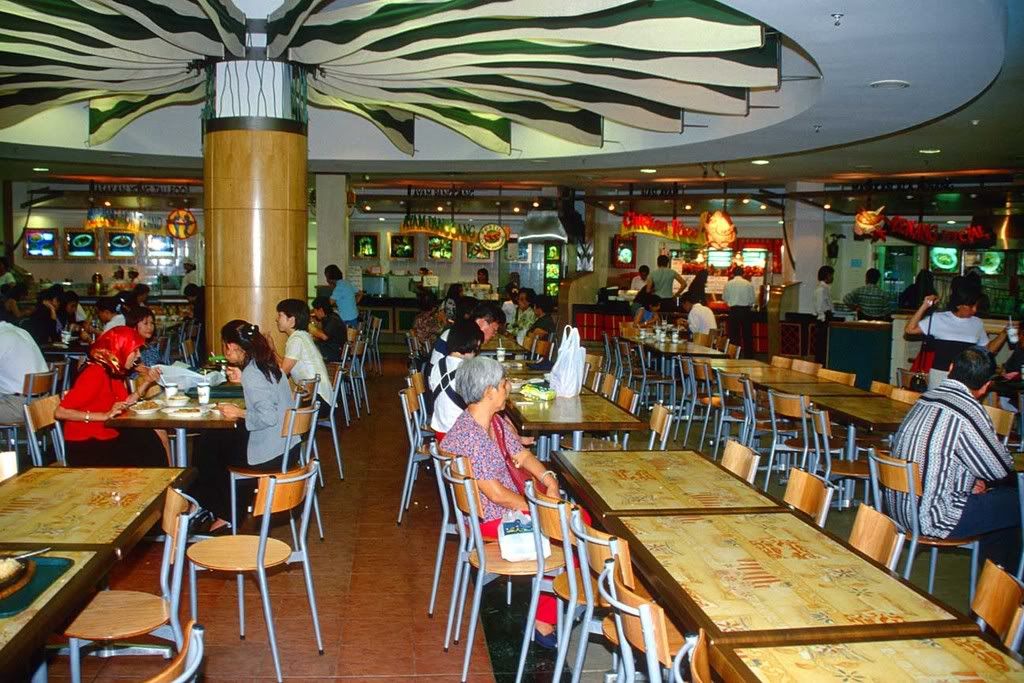
We Filipino’s love to eat meat especially pork. Ham is usually seen in our diner table at Christmas Eve and New Year. Although this is a seasonal product (ham) for sure earnings for this is not seasonal. With around 80 million Filipino for sure there is a market for ham. So, i included here a recipe/ how to make a ham. I cannot attest for the recipe. It is taken from one of our government agency. If you want to try to make a ham it’s a good start.
BONELESS HAM
Materials needed:
2 kilos pork meat (kasim or pigi)
Injecting solution:
1 cup water, ½ cup salt, 1/4 cup sugar (white), 3 tsp. prague powder,
1 tsp. vetsin, 1 tsp. cal. ham. spice, ½ tablet ascorbic acid
Curing solution:
(cover pickle) 8 cups water, 2 cups salt, ½ cup sugar (brown),
2 tbsp. prague powder
dry curing mixture:
1 cup salt, ½ cup brown sugar, 2 tsp. prague powder
Procedure:
1. Dissolve salt and sugar in boiling water for injecting solution. Cool then strain
through clean cloth. Add vetsin and prague powder. Inject the solution into different parts of the meat.
2. Soak in curing solution for 4-5 days in the refrigerator.
3. After curing, wash off the excess salt by soaking in warm water. Drain by hanging.
COOKING OF HAM
1. Boil the ham in enough water for 5 minutes.
2. Discard water and boil again the ham in another water until soft. Carefully remove the skin.
Continue reading “Ham Making / How to make Ham”


